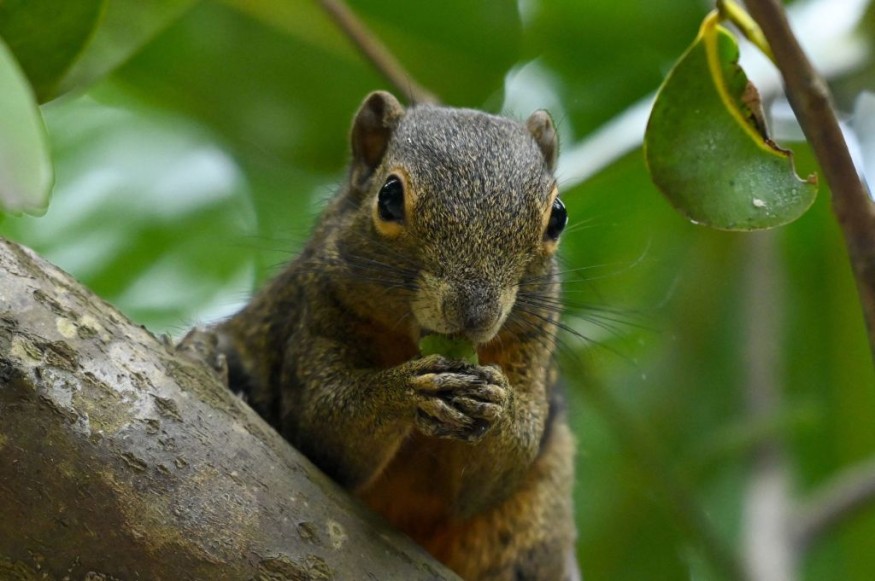
Rodents were viewed as dirty disease-spreaders throughout the period of the epidemic, however latest analysis indicates that rodents as well as similar city-dwelling creatures are far less probable to create a future catastrophe.
City-Dwelling Animals
Specialists at Georgetown University in Washington, DC examined statistics on roughly 3,000 animals, hoping to discover that those residing in metropolitan areas harbored higher pathogens that may be carried by mankind due to their intimate proximity, as per ScienceAlert.
Researchers discovered that urban creatures possess ten times as much diseases as feral creatures, while equally over 100 times as much research was already completed on them.
So, when investigators compensated for this enormous prejudice, which is a long-standing scholarly tendency to examine species slithering beneath our footsteps instead of concealing in jungles - they were astonished to discover that rodents are not more prone than different creatures to be the genesis of a novel infectious pathogens.
According to Greg Albery, a medical ecologist who headed the investigation it is not a smart option to be too near and pleasant to urban animals. The study released on Monday in the journal Nature Ecology & Evolution contained fact that such urban creatures are improbable to be the origin of another 'Disease X,' but they are frequently a provider of well-known serious illnesses, citing leptospirosis as one instance.
Furthermore, the harm posed by one such popular focus of metropolitan scorn, the pigeons, was very definitely inflated as a result of exploratory study. New York Times also reported that experts recognize plenty about their pathogens that there are little uncertainty there; countryside species is far more unpredictable and apt to supply us with next 'Big Threat,' since we have been investigating them for far too much.
While to Jonathan Richardson, a lecturer of urban wildlife at the University of Richmond, the investigation is crucial since the researchers justifiably emphasize the over-representation of material from urban rodent studies. However, he told AFP that it is still appropriate to refer to rodents as disease sponges since people come into touch with them on a constant schedule.
According to findings, urban rodents host over 200 viruses including pests that may infect people, and approximately 80% of rodents in certain places possess leptospirosis.
Also read : New Study Assesses 10,000 Dogs to Know More About Proper Dog Diet, Here's What You Should Know
Rodents to be the Cause of the Next Pandemic?
Researchers discovered that as creatures such as bats migrate to colder locations, and would mix with different creatures for the inaugural occasion, opening up new potential for illnesses that might eventually harm people.
According to Albery, urban animals may perform a part in the development. A bat encounters a rat and transmits an unique illness to it, and that rat then has better exposure to inhabited regions, it presents a crucial gateway towards people.
Albery's studies on climate change further revealed that possibilities for infections to transfer across species will therefore occur near to inhabited regions instead of woodlands. The host-pathogen connection is poised to alter significantly, so everything that researchers recognize currently regarding urban infections is expected to be obsolete shortly, according to Nature.
Experts demand greater monitoring both in urban and wildlife populations to determine when a disease has transferred through one creature to the other - and if the recipient organism is urban or near to people, mankind should be very worried.
Related article : New Study on Mice Reveals Development of an Antibody to Unlock the Blood-Brain Barrier
© 2026 NatureWorldNews.com All rights reserved. Do not reproduce without permission.





